It's like our version of the Oscars
The iPhone might have revolutionized smartphones, but it would have been nothing but a hunk of junk without its iPhone OS. Known today simply as iOS, this mobile operating system runs on all Apple hardware except for Macs and MacBooks.
Even that might be set to change, as Apple’s traditional computers shift over to the same hardware found in iPhones and iPads. This promises to make the line between macOS and iOS even fuzzier.

Apple provides a major iOS update annually and the system has changed radically since it was first launched. Below are what we think constitute the best iOS apps and features to date. We’ll be updating this article periodically as iOS grows, so be sure to check back.
The Best iOS Features of All Time
A “feature” refers to something baked into the operating system, available as part of the system to anyone with compatible hardware. iOS has been adding features at a constant pace for more than a decade, which makes picking the best ones rather difficult.
Nonetheless, these five additions to iOS were significant game changers and show why it’s often qualitatively better than the competition.
File Explorer and External Storage
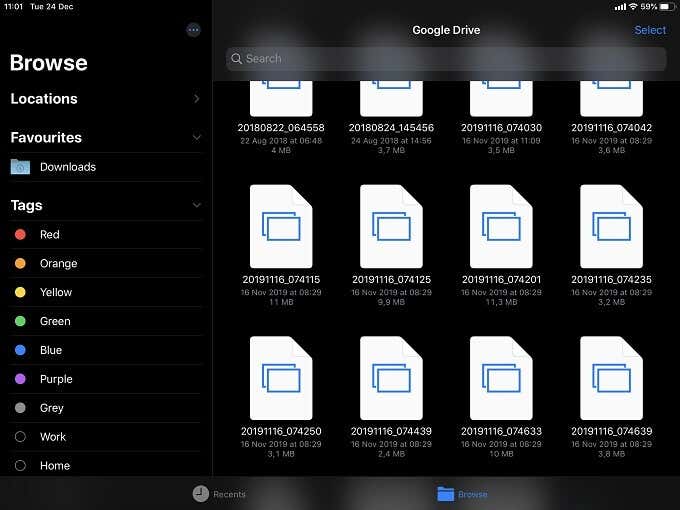
Apple was initially quite cagey about giving users access to the file system on iOS. Apps and the operating system itself carefully hid the internal workings of data storage from users. This might have been because Apple wasn’t targeting technically-savvy users who bought their macOS devices, but the general public for whom the iOS device had to simply work.
However, over time, smartphones and tablets have become the only computer that many people use. The hardware has grown exponentially more powerful as well. So artificial software limitations make less and less sense. Now, modern iOS has proper user-exposed file explorer applications and it supports external storage devices such as flash drives and USB hard drives.
Thus, in one fell swoop, Apple has transformed iOS from a mobile OS to one that should be taken seriously as a primary computer operating system.
This is especially important since iOS devices to date have not offered any way to expand external storage space, which has always been a significant black mark when compared to the competition.
MFi and Gamepad Support

Did you know that there was once an Apple games console? The Pippin was a dismal failure and at the time it would have been laughable to suggest Apple would one day provide one of the best gaming platforms.
Yet today iOS is arguably the best mobile gaming OSof all. With superlative premium gaming services such as Apple Arcade and powerful graphics hardware and APIs for developers to use, iOS gaming is more than just light amusement.
A key part of this is how Apple solved the problem of mobile gamepad compatibility. On Android, there are several competing gamepad standards. Games have to be written to support them specifically. To get around this, Apple created the MFi (Made for iOS) standard. Any controller created to conform to this standard will work with any game supporting that standard.
The result is the best gamepad support of any mobile OS. Recently Apple also provided OS-level support for the PS4 and Xbox One controllers. Effectively turning every iPhone, iPad, and Apple TV into a serious games console.
Siri
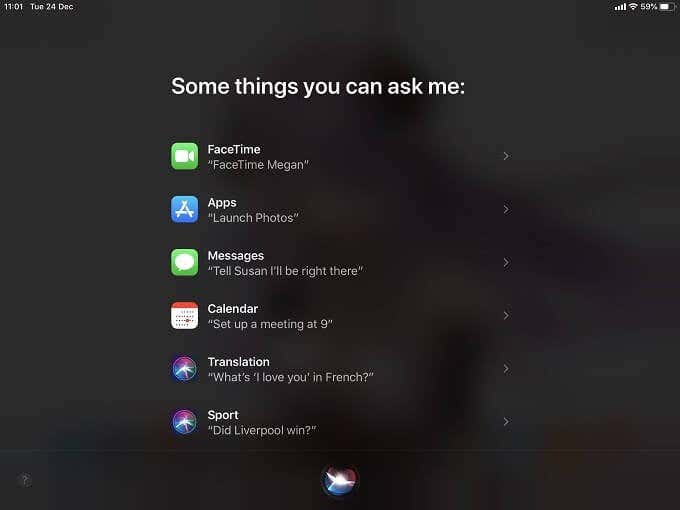
The Siri AI voice assistant debuted with the Apple 4S and is now baked into every modern Apple device. At the time Siri seemed like pure science fiction. Apple had figured out how to do a voice assistant right and no one else was even close.
Today, the likes of Google have surpassed Siri on a technical level, but thanks to Apple’s closed hardware ecosystem and Siri’s low-level integration with iOS, there’s still nothing that works as well in day-to-day operation.
From opening apps or working with Siri-compatible first- and third-party apps, it’s entirely viable to operate your iDevice using nothing but your voice. It’s even possible to perform system-level operations such as toggling Bluetooth on and off.
Siri is a genuinely useful iOS feature that changed the human-machine interface industry dramatically. So it certainly deserves to be on the greatest of all-time list.
ARKit
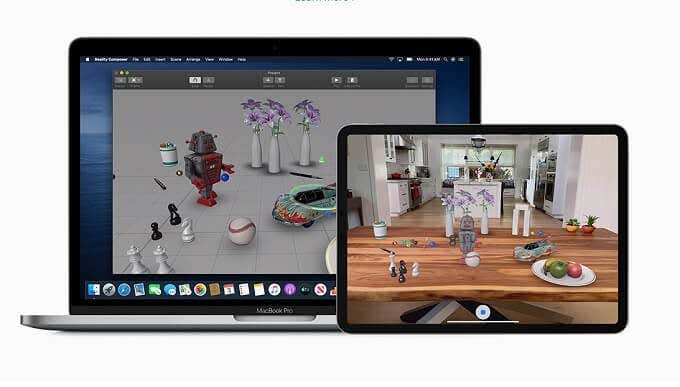
Augmented Reality (AR) has a bright future in the world of computing. While VR provides an awesome discrete experience, AR has the potential to replace ALL computer interfaces. Imagine a future where you don’t need any screens, just digital projections merged with the real world’s spaces.
ARKit is an OS-level API (application programming interface) that lets any iOS developer create AR apps without having to solve any of the tough mathematical problems that come with the territory.
Google had been working on their Project Tango phone for years at the point ARKit was released. The Google solution used numerous special sensors and hardware features to make its advanced AR work. ARKit swooped in and did essentially the same job using nothing but the existing hardware in the iOS devices everyone had already.
This is one of the greatest features in iOS because it’s paving the way to a fascinating future. After all, Apple is rumored to be working on an AR headset, which is no doubt the end goal of the ARKit technology. In the meantime, we get to enjoy genuinely next-generation AR apps on iOS devices which arrived as a free software update. Now that’s one for the books.
True Multitasking
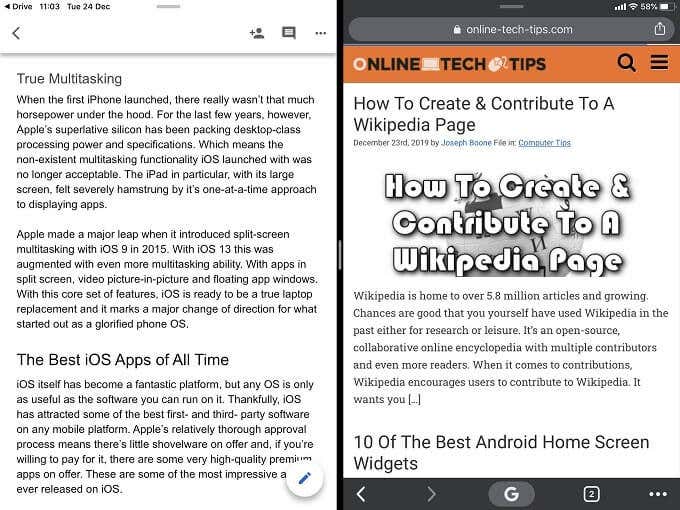
When the first iPhone launched, there wasn’t that much horsepower under the hood. For the last few years, however, Apple’s superlative silicon has been packing desktop-class processing power and specifications.
This meant the non-existent multitasking functionality iOS launched with was no longer acceptable. The iPad in particular, with its large screen, felt severely hamstrung by its one-at-a-time approach to displaying apps.
Apple made a major leap when it introduced split-screen multitasking with iOS 9 in 2015. With iOS 13 this was augmented with even more multitasking ability. With apps in split-screen, video picture-in-picture, and floating app windows. With this core set of features, iOS is ready to be a true laptop replacement and it marks a major change of direction for what started as a glorified phone operating system.
The Best iOS Apps of All Time
iOS itself has become a fantastic platform, but any operating system is only as useful as the software you can run on it. Thankfully, iOS has attracted some of the best first- and third-party software on any mobile platform.
Apple’s relatively thorough approval process means there’s little shovelware on offer and, if you’re willing to pay for it, there are some very high-quality premium apps on offer. These are some of the best iOS apps ever released.
Best Music Creation App: GarageBand
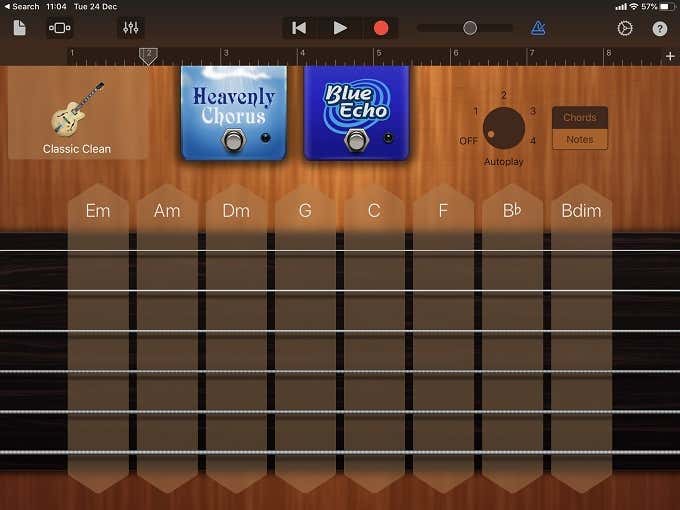
There are plenty of amazing music creation applications on iOS. From Auxy to FL Studio Mobile, but Apple’s own GarageBand is still the best way to make some pretty impressive tunes with your iOS device.
As with many first-party Apple apps in the early days of iOS, GarageBand cost a pretty penny. These days, however, it’s free for all iOS users and Apple keeps improving the app at a breakneck pace.
In its current form, GarageBand is a total music production solution. You can use it to quickly jot out song ideas for your band to perform or make the next hit. Don’t believe it? There have been several hit songs that use GarageBand in one way or another.
Rihanna’s Umbrella uses a drum loop from the app and the artist Grimes created her breakout album using the tool.
Best Productivity Suite: iWork
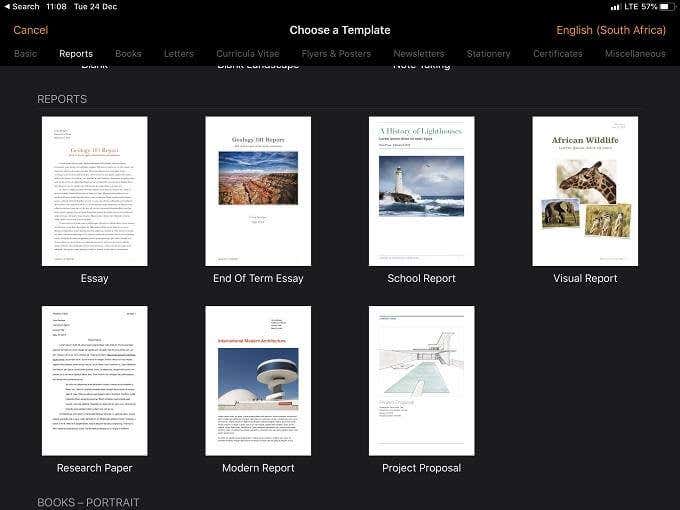
The boring answer to which productivity apps on iOS are the best is simply Microsoft Office. That’s however an answer borne from how ubiquitous Office is rather than how good it is to use.
As an actual digital work environment, MS Office is the dog’s breakfast compared to iWork. Even better, iWork is completely free for iOS users, whereas you need to pay a monthly subscription fee to use Office.
Since iWork apps such as Pages can simply save documents in the more popular Office formats, there’s no reason not to give these elegant and user-friendly productivity apps a go. They’re a great example of how different the Apple approach to design and the user experience is. Work simply doesn’t feel as much as, well, work when it comes to this suite of tools.
Best Video Editor: Luma Fusion
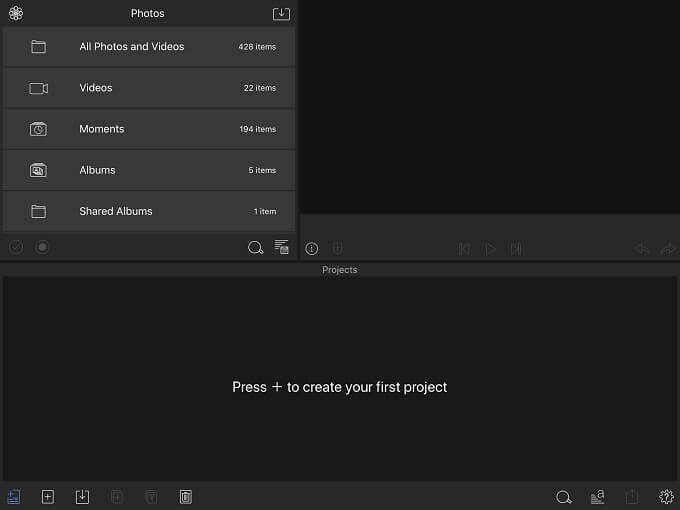
Apple Mac has always had a reputation as a serious creative tool. iOS devices have had some of that reputation rub off a bit, but the processing power and developer motivation to make it happen have taken some time to emerge.
These days with devices like the iPad Pro and iPhone 11, there’s no performance-related excuse for apps that don’t measure up to their desktop peers. Luma Fusion is an iOS video app that stands toe-to-toe with something like Adobe Premiere and it sometimes feels like black magic to have a proper nonlinear video editor running on a phone or tablet.
From chromakey support to robust primary editing tools, this is a buy-once application that pays for itself in no time flat. Until Apple ports Final Cut Pro or Adobe brings Premiere over, there’s no competition to the might of Luma Fusion.
Best Photo Editor: Affinity Photo

The gold standard for photo editing is Adobe Photoshop, but when Adobe ported the “full PhotoShop” to iOS it landed with a bit of a belly flop. It was missing critical features and came with a contractual subscription fee to boot.
Adobe might not have bothered though, since iOS users have their home-grown photo editor in the form of Affinity Photo. This is an app you only need to pay for once, rather than for the rest of your life.
You’ll find all the same powerful picture manipulation tools one would expect in a desktop-class photo editor and if you have one of the latest iOS devices, impressively smooth performance as well.
Best Video Game: Infinity Blade Series

Let’s start with the bad news: unless you’ve already bought them there’s no way to get the Infinity Blade games anymore. This is a real pity because for many reasons Infinity Blades I, II, and III are the greatest iOS games of all time.
Sure, iOS has had some great ports from consoles (such as Grid Autosport) and amazing originals (such as the Arcade exclusive Grindstone), but Infinity Blade showed the world that iOS is a serious gaming platform.
It used Unreal Engine, it had console grade graphics and it showed that you could create an action game with good touch controls. The production values are top-notch as is the writing. Infinity Blade even spawned other media, such as novels.
The series deserves the GOAT treatment because this was a turning point for iOS gaming, if not mobile gaming as a whole.
The Best Is Yet To Come
iOS is shaping up to be an important platform for more than just mobile devices. Today there’s an entire, diverse ecosystem of hardware devices that run iOS and it seems almost certain that Apple will favor iOS for new devices we can’t even imagine yet.
From AR headsets to televisions and electric cars, there’s always a new rumored product that Apple is working on. Most of these turn out to be nothing more than wishful thinking. However, when one does turn out to be true, you can be almost certain it will be some form of iOS that makes it work.
From Apple Watch to Mac Pro, it seems the future of Apple computing will have at least a little iOS in it and we are here for the full ride.




